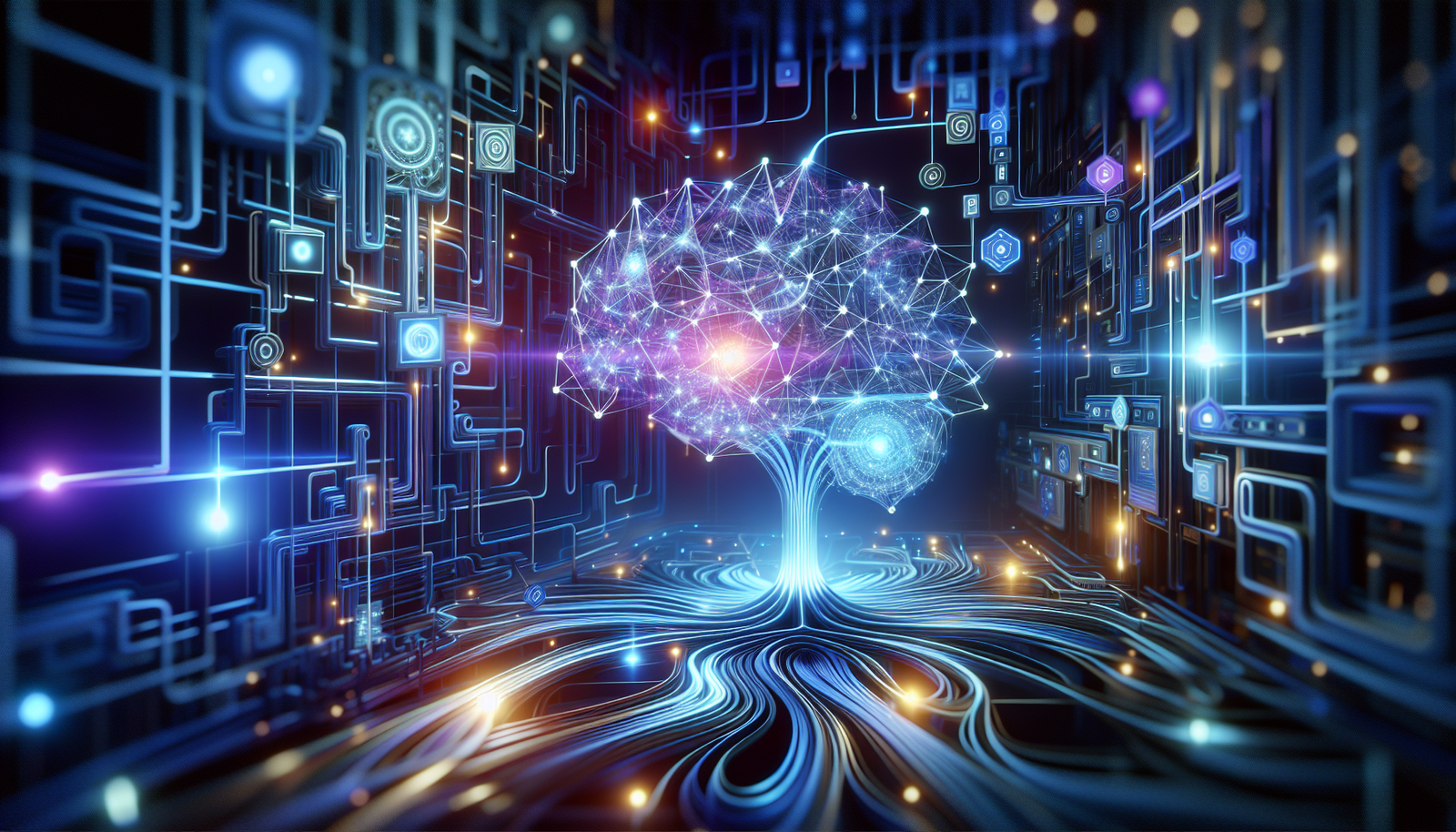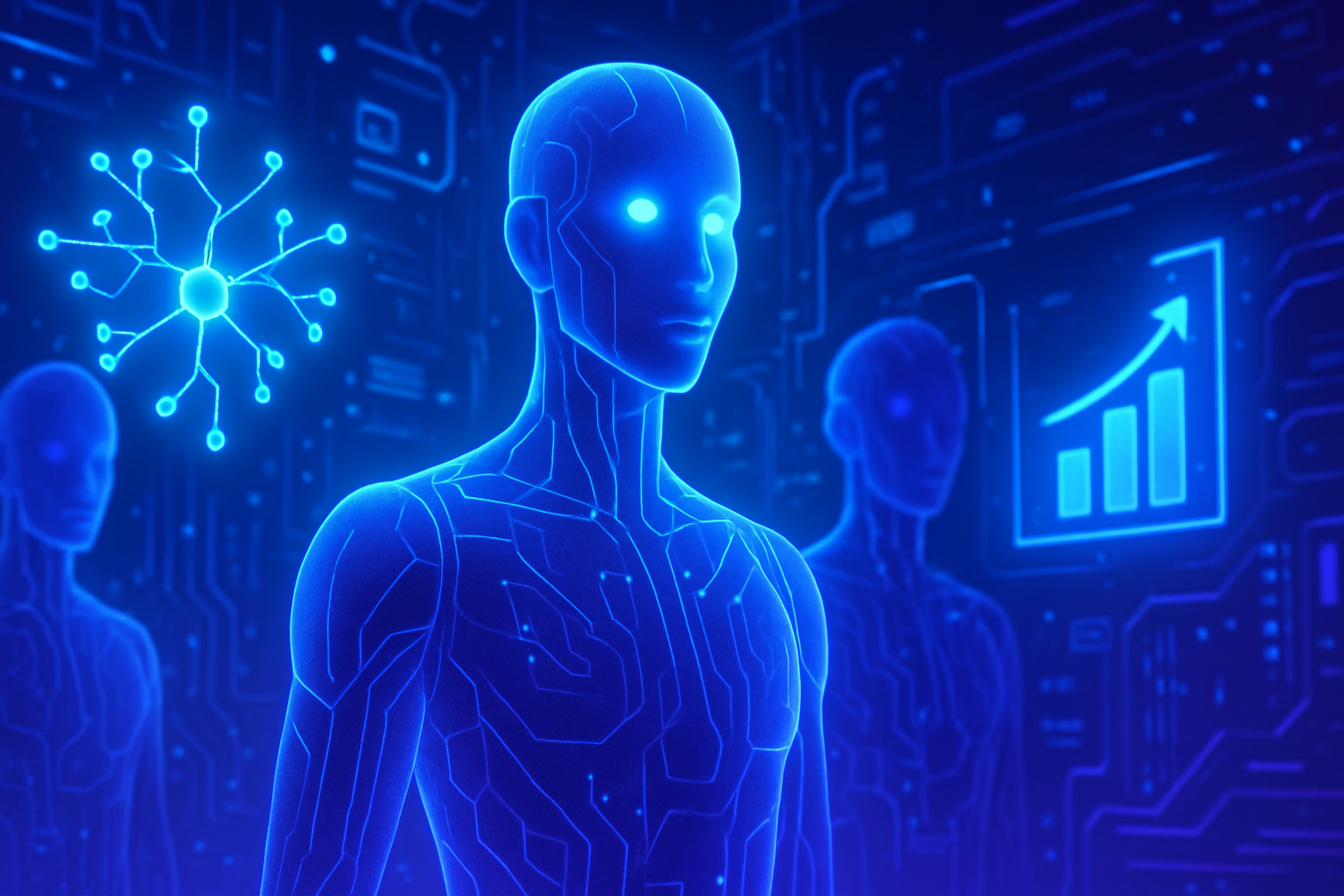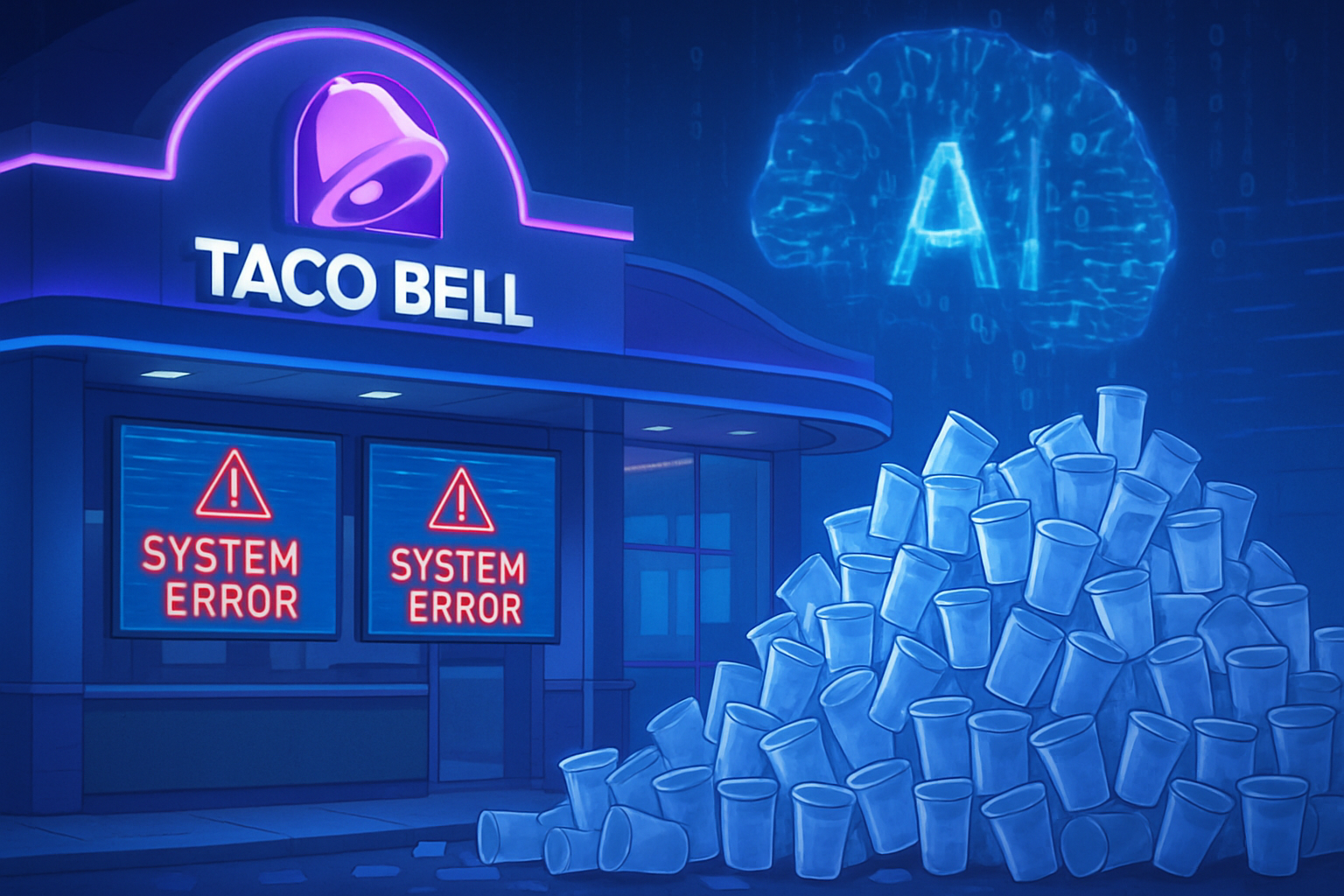The emergence of the diffusion-based language model, dubbed d1, redefines the paradigms of artificial intelligence. Its ability to *enhance reasoning* through reinforcement learning is generating increasing interest. With a combination of *random masking* optimization and advanced training techniques, d1 now surpasses its predecessors. The implications for energy efficiency and reasoning performance are poised to be revolutionary. Embracing this innovation reveals immense potential for the future of artificial intelligence applications.
Overview of Model D1
A group of artificial intelligence researchers at the University of California, Los Angeles, in collaboration with a colleague from Meta AI, has developed a new framework known as d1. This model is based on the principle of large-scale diffusion language models, enhanced by the application of reinforcement learning. Their research has been published on the preprint server arXiv.
Evolution of Language Models
In recent years, the use of large-scale language models (LLMs) has experienced exponential growth. Millions of users are leveraging AI applications across various fields, leading to significant energy consumption for data centers. This issue has prompted researchers to consider alternative methods to provide AI services to the community.
Diffusion language models (dLLMs) distinguish themselves from traditional LLMs through their unique approach. Instead of taking an autoregressive path, they rely on diffusion techniques to generate responses. Initially applied to image creation, this process involves inundating an image with noise and then training the model to reverse this method to recover the original image.
Innovations Brought by D1
The adaptability of this approach to text required a transformation of letters or words into tokens, analogous to pixels. By using masks to simulate noise, the model progressively erases tokens until only the features of the mask remain. Thus, it trains the model to revert to the original format, yielding results that require less computational power than traditional LLMs.
Improvement of Reasoning Capabilities
The main challenge of dLLMs lies in their generally inferior reasoning capabilities. The contribution of the California team is evident here through the integration of reinforcement learning. This method enables models to learn through rewards, thereby improving their reasoning performance.
Implementation Process of D1
To design model D1, the researchers established a two-step process. The first step involves a supervised fine-tuning of the training dataset, using high-quality data. The second step introduces an innovative algorithm named diffu-GRPO, which relies on mathematical principles to perform advanced estimates, coupled with a random masking technique for prompts.
Test Results and Future Potential
Tests conducted on D1 indicate that this approach is effective. Models endowed with this framework have surpassed several benchmarks in mathematics and logical reasoning. The researchers propose that their framework be made available for additional testing by organizations wishing to adapt their own AI models to the established recommendations.
Applications and Development Perspectives
The application of AI models incorporating reinforcement learning opens interesting prospects. For instance, systems like those explored in the article related to health demonstrate continuous improvement capabilities. Other innovations, like the Chameleon model that preserves facial recognition via a digital mask, showcase the diversity of potential applications.
Frequently Asked Questions
What is the D1 model and what is its utility?
The D1 model is a framework based on diffusion language models, enhanced by reinforcement learning, optimizing reasoning skills, particularly in mathematical and logical tasks.
How does reinforcement learning improve reasoning in the D1 model?
Reinforcement learning uses an algorithm that rewards the model for its correct answers, thus promoting a gradual improvement of its reasoning skills.
What are the main advantages of using dLLMs compared to traditional LLMs?
dLLMs, like D1, generally require less computational power than traditional LLMs while offering competitive performance due to their innovative diffusion approach.
What tasks were used to test the performance of the D1 model?
The D1 model has been tested on several mathematical and logical reasoning tasks, where it showed superior results compared to the base model LLaDA-8BInstruct.
What methodology was employed to train the D1 model?
The D1 model was trained using a two-step process: supervised fine-tuning with high-quality data, followed by the application of reinforcement learning via the diffu-GRPO algorithm.
What does the term “random prompt masking” mean in the context of the D1 model?
“Random prompt masking” refers to a technique where certain parts of the prompt are randomly masked, helping the model learn better to reconstruct answers by improving its contextual understanding.
Why is the use of reinforcement learning models crucial for AI development?
Reinforcement learning allows AI models to adapt and learn from their mistakes, thus improving their performance and ability to solve complex problems.
Is the D1 model ready for commercial use?
According to the research conducted, the D1 model is deemed ready for testing by other entities that can adapt their AI models by incorporating the proposed improvements.






